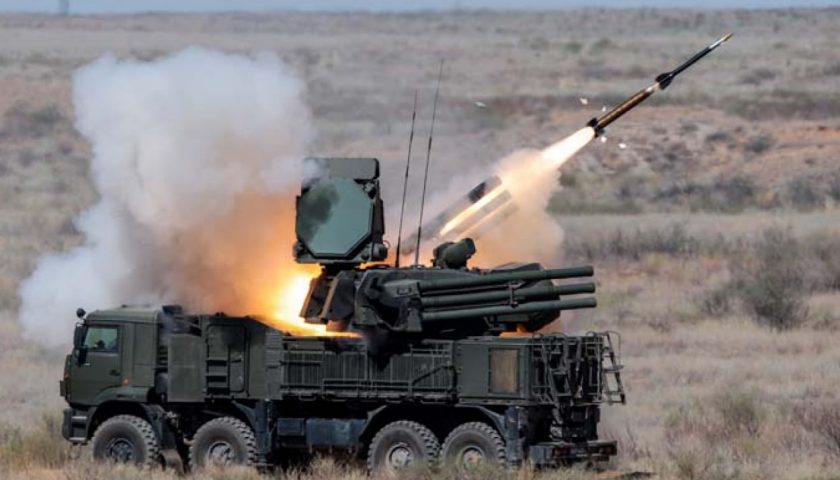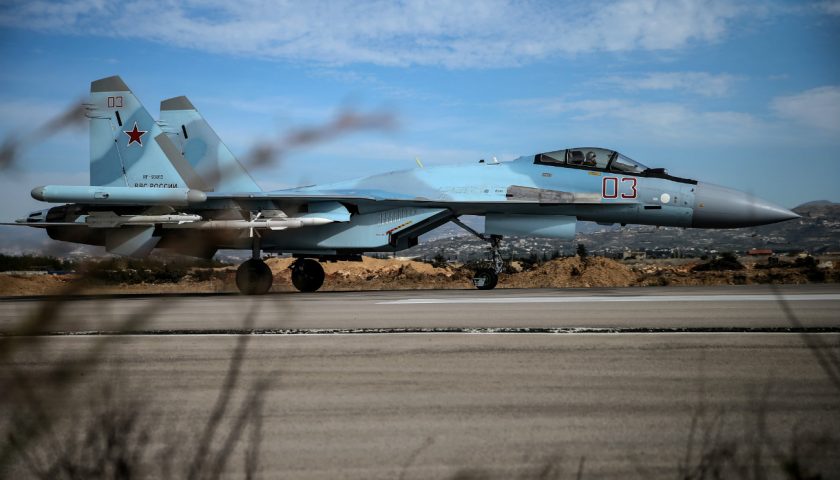According to the Russian news site Izvestia, the country's military authorities have reportedly ordered a fully automated air and missile defense system based on the "Pantsir" system in service with Russian forces. This “autonomous Pantsir” will have a fully automated tactical section, controlled by the tactical echelon via a secure data link. As such, Pantsir systems, like TOR, Buk, S300/350/400 are all interconnected in the Russian forces, and natively exchange their detection and engagement data as well as those coming from air warning aircraft such as the Beriev A50, to ensure anti-aircraft defense and effective multi-layer anti-missile.
By eliminating the human factor, Russian engineers want to “eliminate a risk”, both for personnel and for mission management. They indeed consider that the technologies currently in service, such as cluster munitions, and those in development, such as drone swarms, will represent a very high level of risk for the forces and systems responsible for protecting them, which will be targeted as a priority. Furthermore, it eliminates human limitations, whether in terms of temperature, contaminated environment, or fatigue resistance. Finally, reaction times between detection, identification and engagement/destruction of the target will be reduced.

In Izvestia's presentation of the system, it is clear that the system itself determines the targets to engage, and the order of engagement. Human control is limited to determining “rules of engagement” such as a sector, identification codes, etc. Unfortunately, this method, already implemented in particular at the level of the American Aegis system, showed its limits, when the system mistook an Iranian airbus for a missile in 1988, killing 290 people including 66 children.
For the moment, only preliminary studies have been carried out, and no date of entry into service has been announced by the Russian authorities. The decision for this development was taken following the observation of the multiplication of threats that anti-aircraft close protection systems must now face, particularly in Syria, where the Khmeimim air base and the port of Tartous, where are deployed Russian forces, have on several occasions been the subject of saturation attacks by drones and rockets. For the first two years of engagement alone, the Russian Pantsir deployed in Syria are said to have shot down 54 rockets and 16 drones, notably during two simultaneous massive attacks against the Khmeimim installations.

Note, however, that several sources indicated in 2018 that the Pantsir had encountered significant difficulties in Syria, in particular to detect enemy drones. Likewise, the figures put forward in the Russian article concerning the destruction of 71 of the 103 cruise missiles launched against Syrian chemical installations in April 2018 are very questionable, on the one hand due to the denial provided by the French and British military authorities. and Americans for whom “ all missiles would have hit their targets“, and by the observation of the actual destruction on the targets after the strikes in the satellite photos published after the strikes. Russia also announced the development of a new version of the Pantsir with increased performance, the Pantsir-SM.
